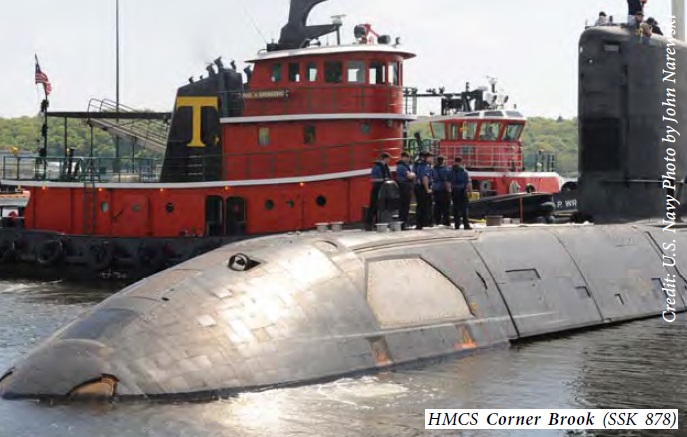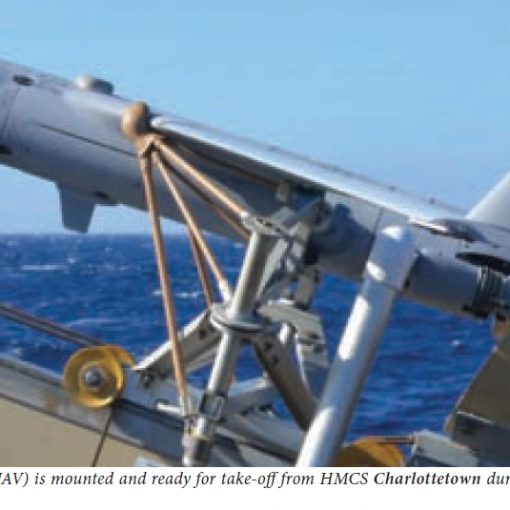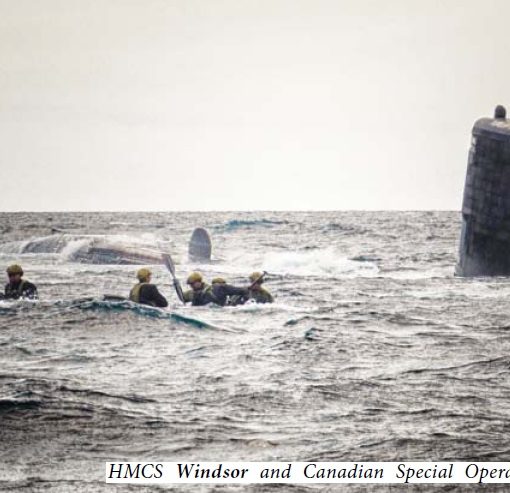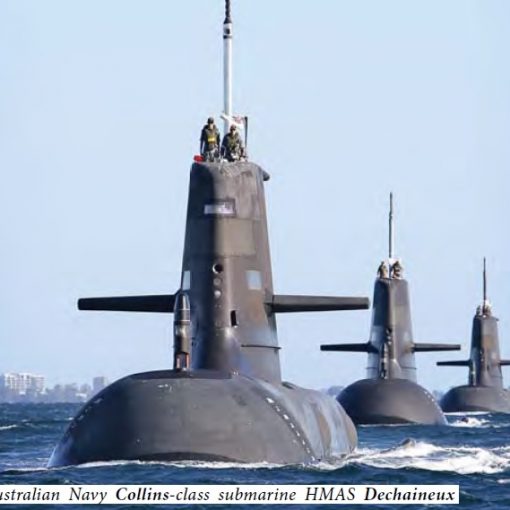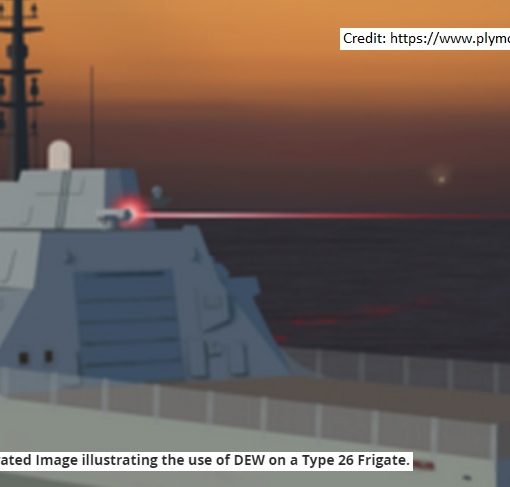*Moderator’s Note: This statement originally appeared as part of an exchange between members on the Naval Affairs Discussion of the Naval Association of Canada. It is reprinted here with the permission of the author. My thanks to Mr. Jim Carruthers for bringing it to my attention.
The arctic is a rather poor rationale for acquiring and operating submarines - and no other country that operates nuclear submarines uses under ice capability as a top priority. It just so happens that nuclear submarines provide a capability to work under the ice for prolonged periods. If there is a conflict, US submarines (and Canadian subs also) have the weapons capable of functioning effectively in under ice (and fortunately also in littoral shallow sea) conditions. There are other ways of monitoring under ice activities, and even responding to incursions - none are inexpensive and none are totally effective. Normally a mix of capabilities and resources is required for any naval mission.
The prime advantage of nuclear submarines is their mobility, firepower, and longevity on station in a covert mode. Conventional submarines share the last two advantages. In today’s world, mobility is significant. However, other conventional submarine operating navies have overcome their disadvantage in this area in some imaginative ways. Conventional boats (including the Upholder-class) have been used in the Gulf region during all major conflicts.
Canadian Victoria-class submarines have used their limited sea time to good advantage also. They have already conducted the training with Special Forces necessary to support joint deployed operations, operated in the North, and participated in international counter drug missions. The deficiencies are not with the submarines, but with the lack of resource applied to supporting them. Ironically to this discussion, much of the engineering overhead related to supporting Victoria-class boats is the maintenance discipline that came with them - a discipline based on supporting nuclear submarines. To even consider nuclear submarines, given the lack of ability to effectively support the Victoria-class, is insane to put it mildly.
The navy needs to learn the lessons from the Victoria-class acquisition and ongoing Operations & Maintenance issues to avoid similar problems in the future. The Victoria-class will be around for a while yet - and the navy needs our support in maintaining this capability. The recent Corner Brook mishap will likely bring some changes in how the submarines are operated, and the media will be watching. The question of “why submarines” will continue. There is complete understanding of the capability within the leadership of the RCN, but this is an area where the Naval Association of Canada can certainly assist with the rest of Canada.

